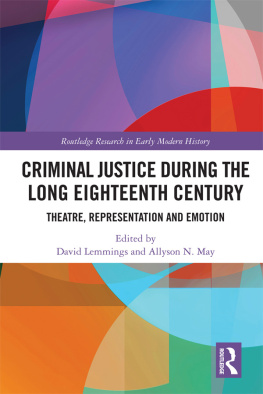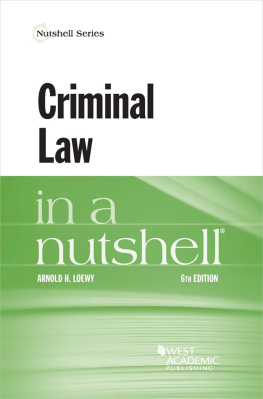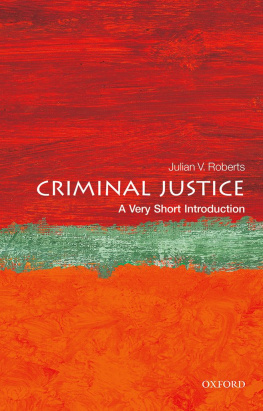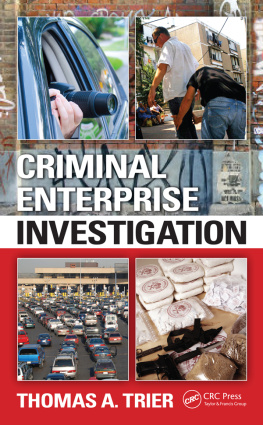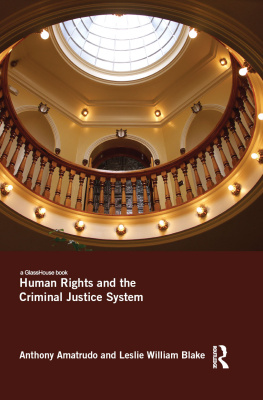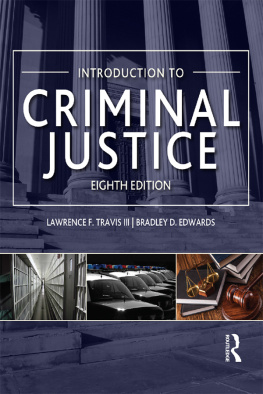
Criminal Bodies in the West
This book explores the cultural meanings of the criminal body in the West through historical and multidisciplinary frameworks, examining both how the criminal corpse was viewed as a repository of power and how it held significant cultural meaning as material relic.
The authors in this collection situate the criminal body at different historical junctures to examine ways in which the criminal corpse was displayed and managed for social, political, magical and medicinal powers and purposes. They explain how this legacy persists in significant ways in the contemporary West, primarily through the commodification of criminal bodies in popular and public displays. The role of notorious criminal bodies in contemporary culture also reverberates in political and scientific realms in which criminal bodies often carry symbolic meanings related to ambivalence over interpretations of death.
Drawing on examples from history as well as more contemporary criminal bodies, this book shows how the criminal body can retain an iconic status in the collective memory of the living and will be of interest to those studying death and criminology. This book was originally published as a special issue of Mortality.
Melissa Schrift is Professor of Anthropology at East Tennessee State University, USA. Her current research interests include cultural perceptions of the body and the social history of medicine. She is the author of two books and multiple articles, and has been awarded an American Fellowship for her work on Melugeons.
Criminal Bodies in the West
Iconography and Life after Death
Edited by
Melissa Schrift
First published 2020
by Routledge
2 Park Square, Milton Park, Abingdon, Oxon, OX14 4RN
and by Routledge
52 Vanderbilt Avenue, New York, NY 10017
Routledge is an imprint of the Taylor & Francis Group, an informa business
2020 Taylor & Francis
Chapter 3 2016 Sarah Tarlow. Originally published as Open Access.
With the exception of , please see the chapters Open Access footnote.
Trademark notice: Product or corporate names may be trademarks or registered trademarks, and are used only for identification and explanation without intent to infringe.
British Library Cataloguing in Publication Data
A catalogue record for this book is available from the British Library
ISBN13: 978-0-367-33427-7
Typeset in Plantin
by Newgen Publishing UK
Publishers Note
The publisher accepts responsibility for any inconsistencies that may have arisen during the conversion of this book from journal articles to book chapters, namely the inclusion of journal terminology.
Disclaimer
Every effort has been made to contact copyright holders for their permission to reprint material in this book. The publishers would be grateful to hear from any copyright holder who is not here acknowledged and will undertake to rectify any errors or omissions in future editions of this book.
Contents
Melissa Schrift
Francesca Matteoni
Sarah Tarlow
Jack Denham
Jacque Lynn Foltyn
William N. Duncan and Christopher M. Stojanowski
Melissa Schrift
The chapters in this book were originally published in the journal, Mortality: Promoting the Interdisciplinary Study of Death and Dying, volume 21, issue 3 (August 2016). When citing this material, please use the original page numbering for each article, as follows:
Chapter 1
Introduction: Life after death: an introduction to the criminal body in the West
Melissa Schrift
Mortality: Promoting the Interdisciplinary Study of Death and Dying, volume 21, issue 3 (August 2016), pp. 191197
Chapter 2
The criminal corpse in pieces
Francesca Matteoni
Mortality: Promoting the Interdisciplinary Study of Death and Dying, volume 21, issue 3 (August 2016), pp. 198209
Chapter 3
Curious afterlives: the enduring appeal of the criminal corpse
Sarah Tarlow
Mortality: Promoting the Interdisciplinary Study of Death and Dying, volume 21, issue 3 (August 2016), pp. 210228
Chapter 4
The commodification of the criminal corpse: selective memory in posthumous representations of criminal
Jack Denham
Mortality: Promoting the Interdisciplinary Study of Death and Dying, volume 21, issue 3 (August 2016), pp. 229245
Chapter 5
Bodies of Evidence: Criminalising the Celebrity Corpse
Jacque Lynn Foltyn
Mortality: Promoting the Interdisciplinary Study of Death and Dying, volume 21, issue 3 (August 2016), pp. 246262
Chapter 6
Criminality, narrative and the expert witness in American biohistory
William N. Duncan and Christopher M. Stojanowski
Mortality: Promoting the Interdisciplinary Study of Death and Dying, volume 21, issue 3 (August 2016), pp. 263278
Chapter 7
Osamas body: death of a political criminal and (Re)birth of a nation
Melissa Schrift
Mortality: Promoting the Interdisciplinary Study of Death and Dying, volume 21, issue 3 (August 2016), pp. 279294
For any permission-related enquiries please visit:
www.tandfonline.com/page/help/permissions
Jack Denham Department of Sociology and Criminology, York St John University, UK
William N. Duncan Department of Sociology and Anthropology, East Tennessee State University, Johnson City, TN, USA
Jacque Lynn Foltyn Department of Social Sciences, National University, La Jolla, CA, USA
Francesca Matteoni Independent scholar and poet residing in Italy
Melissa Schrift Department of Sociology and Anthropology, East Tennessee State University, Johnson City, TN, USA
Christopher M. Stojanowski School of Human Evolution and Social Change, Arizona State University, Tempe, AZ, USA
Sarah Tarlow School of Archaeology and Ancient History, University of Leicester, Leicester, UK
INTRODUCTION
Life after death: an introduction to the criminal body in the West
MELISSA SCHRIFT
This volume explores the cultural meanings of the criminal body in the West through interdisciplinary frameworks. Authors situate the criminal body at different historical junctures to examine its varied and changing symbolic import. Centring analyses on the criminal body at the time of, or after, execution, authors focus on the ways in which the criminal corpse is displayed and managed for social, political, magical and medicinal powers and purposes. Papers draw from archaeological studies, as well as ethnographic sources, including newspapers, museum displays, popular culture and social media.
In the individual papers of this issue, authors reference the, by now, well-established literature on the significance of studies focused on sociocultural aspects of personhood and the body.1 More relevant to this issue is the scholarship that has extrapolated from this corpus of body work to focus more specifically on the dead body (Crossland, 2009; Laqueur, 2015; Tarlow, 2011; Verdery, 1999). In what Crossland refers to as the public testimony of the body (Crossland, 2009, p. 70), we have come to understand dead bodies as symbolic venues, protean in their capacity to represent ideas, values and beliefs central to the living. Thus, we can understand the dead as social beings, as creatures who need to be eased out of this world and settled safely into the next and into memory (Laqueur, 2015, p. 10).


